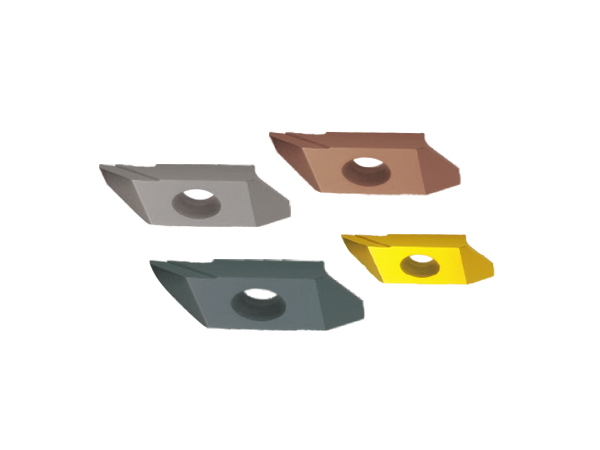Focus on tool design and R & D
Precision cutting tools from Germanymanufacturer
+86 133-9231-4699
Focus on tool design and R & D
+86 133-9231-4699

In metal cutting processing, tool selection is almost a problem that every process engineer must face.
There are many issues to be considered in tool selection, and accordingly there are many principles, such as efficiency principles, machining accuracy principles, stability principles, economic principles, and so on.
First talk about the principle of efficiency. The efficiency principle is inseparable from other principles, especially the economic principle. The main purpose of requiring efficiency is to ensure the economy of the entire process. But efficiency is particularly important, so we should make it independent and discuss it separately.
The efficiency principle is first of all efficiency under the premise of ensuring acceptable processing accuracy and acceptable stability. Without this basic condition, efficiency cannot be discussed. Just like we hope that our vehicles (such as cars) can bring us faster speeds, but safety is the first priority. Once there is a plane crash, many people will carefully consider whether to continue to choose plane travel, and airlines will also re-examine existing safety strategies. Without safety, airplanes would not become the preferred means of transportation. The same is true for tool selection.
Secondly, we will not emphasize efficiency under all conditions. The pursuit of efficiency has some constraints. The improvement of the processing efficiency of one part needs to be adapted to the efficiency of other parts, and the improvement of the efficiency of one process needs to be adapted to the efficiency of other processes. If you ignore these constraints and blindly pursue efficiency, you will be thankless. Just like the train from Shanghai to Beijing, it departs at around 8 o'clock in the evening and arrives at 10 o'clock the next morning. If you can arrive as early as 8 o'clock, it may be the most popular; but if you arrive at 6 o'clock early, the popularity may decrease instead. Because the conductor will make up passenger beds an hour or even two hours before arriving at the station, most passengers will not be too happy to get up at 4 or 5 in the morning. The same is true for factories, especially under assembly line production conditions. What we need to solve is the "bottleneck" process in the entire assembly line. As long as the production capacity of this process is improved, the production capacity of the entire production line can be improved, the production capacity of the entire product can be improved, and the manufacturing cycle can be shortened. This is what many companies expect. The requirements for stand-alone or flexible manufacturing systems are different. They are less constrained, that is, they have less correlation with other processes. Due to flexibility, the shortening of the manufacturing cycle of a certain part or process often means that the equipment can be put into the production of other parts or other processes, thereby creating more benefits.
In today's increasingly fierce market competition, the expectations of companies for process engineers are no longer to solve simple process problems, but to expect process engineers to make greater contributions to the company. If our process engineers can start from the overall situation of the enterprise and make contributions to the improvement of the manufacturing process of the enterprise, they will definitely win the approval and praise of the business owner.
According to the survey data of foreign modern metal processing enterprises, the proportion of the tool itself in the manufacturing cost is not very high, usually between 2% to 4%, and the high can reach about 7%. But the impact of the tool on the processing efficiency is very huge. Whether a device worth hundreds of thousands of dollars can play its due role often depends on a tool of several dollars. A cost analysis example I once got showed that reducing the purchase price by 30% (meaning there is no change in tool performance) or extending the tool life by 50% (usually relying on the technological advancement of the tool manufacturer) can only reduce manufacturing costs1 About %?? Because the tool cost only accounts for 4% of the total manufacturing cost. But if the processing parameters can be increased by 20%, the manufacturing cost can be reduced by about 15%?? Although if the cutting speed is increased by 20%, the tool cost will increase by 50%, but because the processing cycle is shortened, the total cost is still greatly reduced.
This article comes from: Dongguan Guorui Cutting Tools Co., Ltd.www.mjocut.com

Mobile QR code

Official account

Applet



